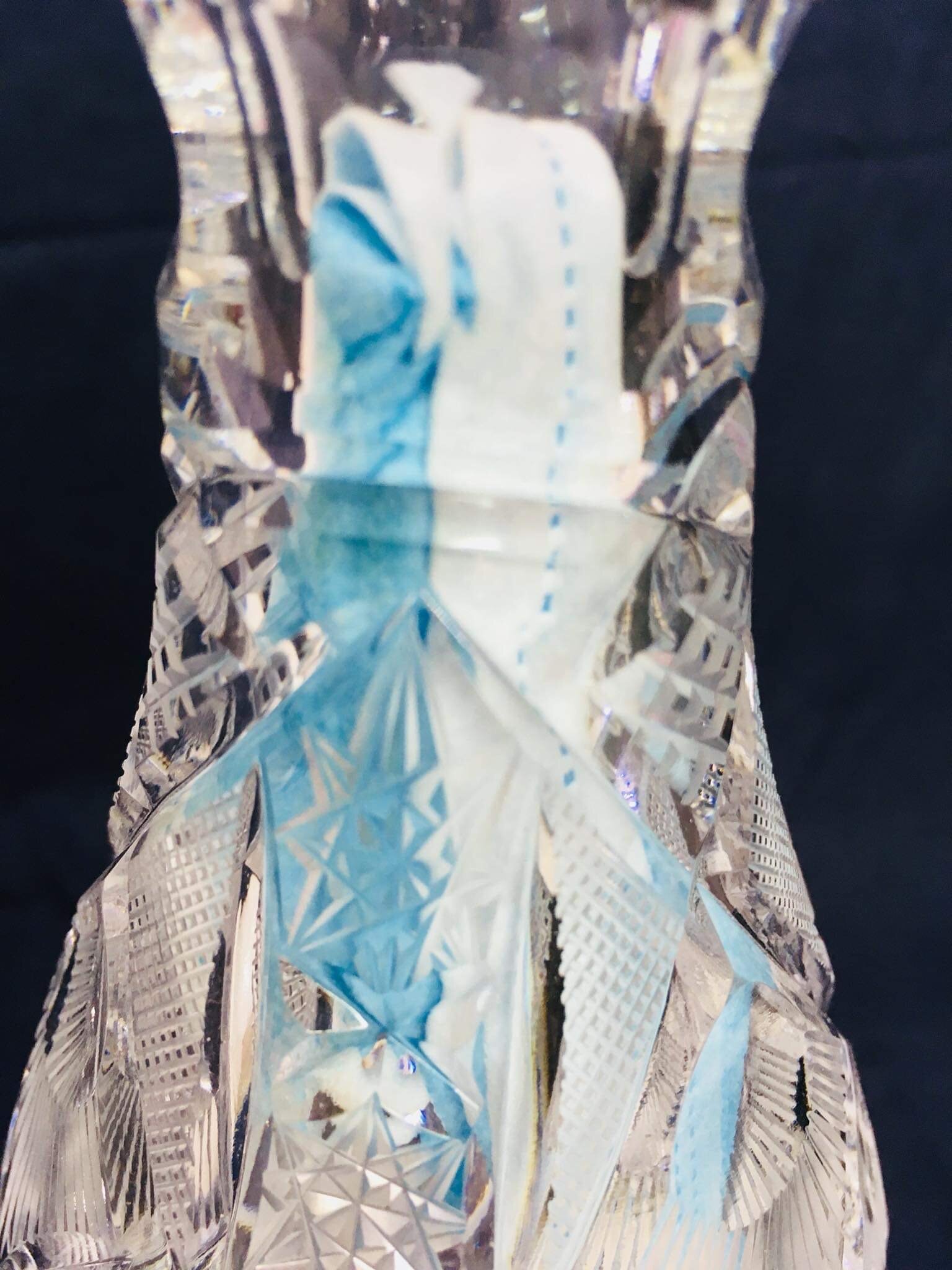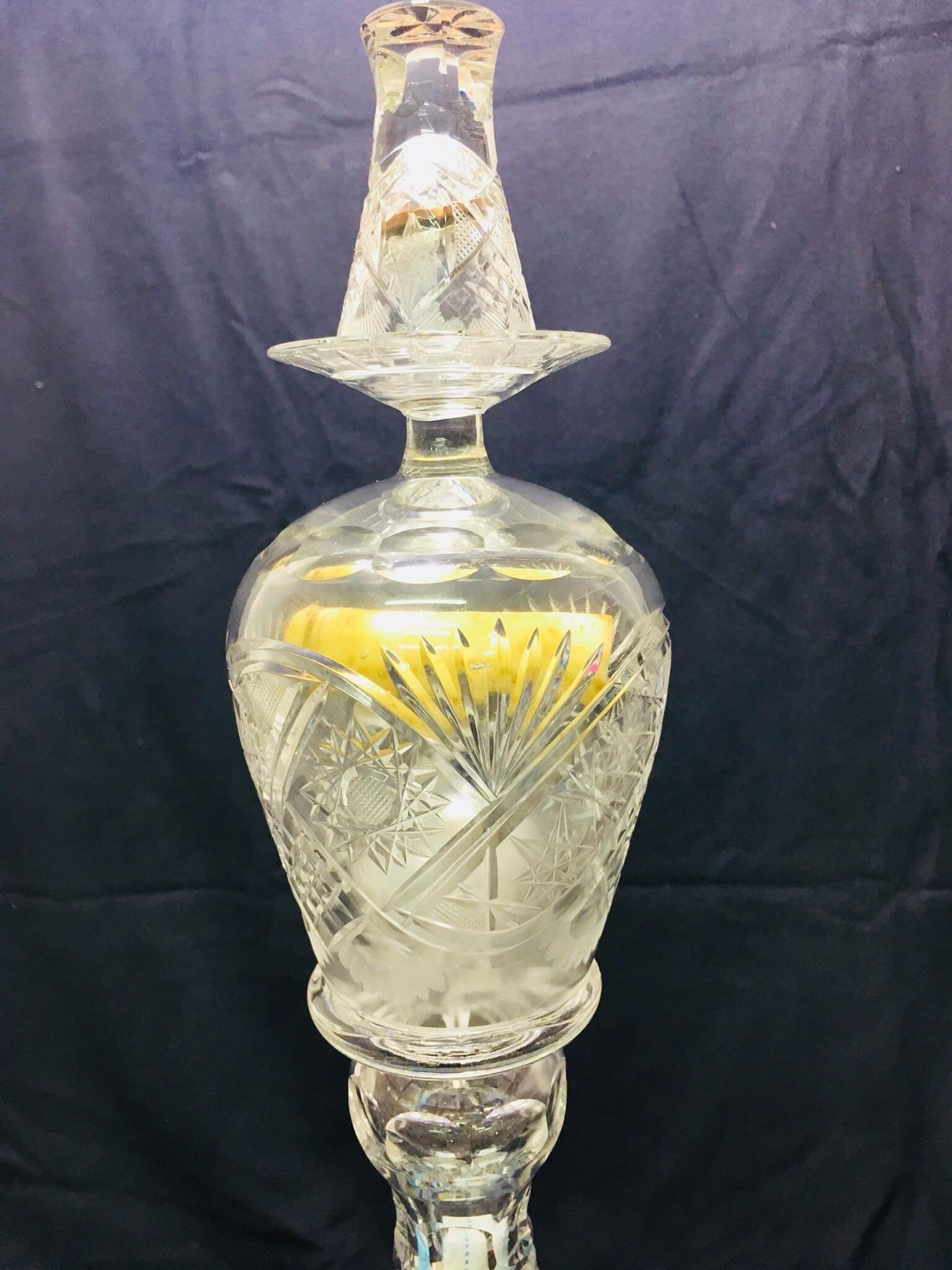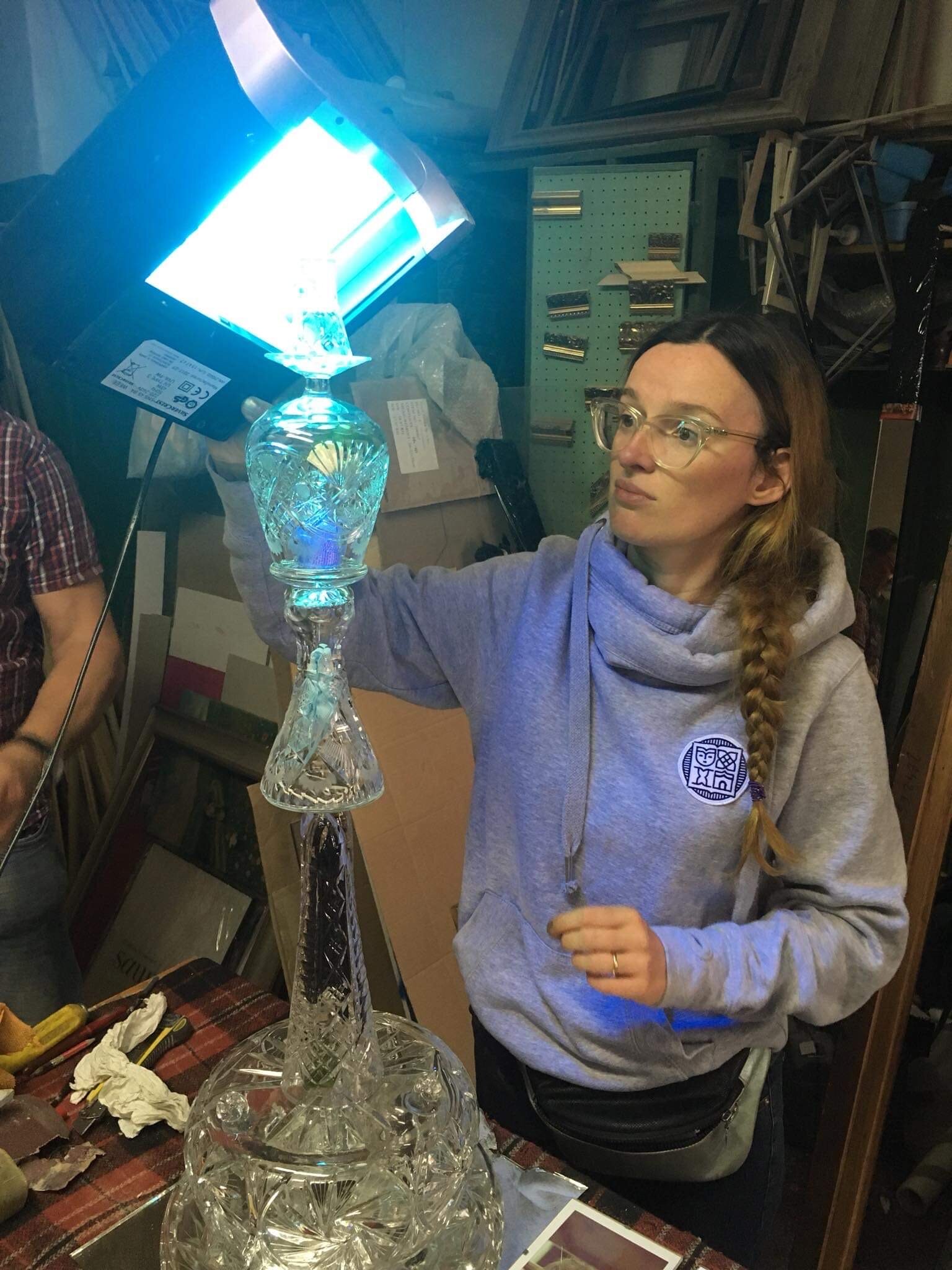
X Plagues
By Natalia Romik
7 August 2020
Natalia Romik - artist, architect, curator and social critic from Warsaw - represents the plagues of the contemporary world through the prism of socialist-era Polish crystalware.
In a country, which – in 2020 – persecutes its LGBT population, in which the church controls the wombs of women, in which Jews are burdened with the blame for all political woes, in which one of the bestselling books during the most recent Christmas season was an anti-Semitic pasquinade, in which centuries-old trees are spitefully ripped from the ground in national parks – the contemporary plagues of (post)-capitalism, concealed behind a façade of decorative crystal, grow mightier and mightier.
In this country, as in the whole rest of the world, capitalism in its pyramidal, vertically-integrated structure, takes away our liberty while accumulating resources in the hands of the richest (even during the time of the Covid-19 pandemic Jeff Bezos increased his fortune to $189 billion), (1) and destroys a planet on which, between 1990 and 2016, 502,000 square miles of trees – a territory larger than South Africa – were uprooted. (2)
The X Plagues project constitutes a series of dream-like representations of contemporary plagues in the form of objects, which I have enclosed within a crystal tower. The crystal forms are permanently fixed together and illuminated by UV rays, forming a translucent sculptural figure. This monolith of pyramidal glass, fetishistically rotating like a piece on sale in an auction house, invites inspection of its constituent segments.
The plagues were matched to the shape of the crystals according to their plasticity and weight. Each one of them clinks differently (the glasses from the “Julia” factory were loudest) and served distinct functions (bowls, centrepieces from the “Zawiercie” factory, vases from the “Irena” factory).
Plagues are only segments of our “brown [fascist] reality” (brunatna rzeczywistość), which we “drink every day” from our crystal glassware. (3) The crystalware within which the subjective plagues I represent are enclosed, (plagues, such as: 1. Unequal distribution of goods – a coin; 2. Antisemitism/ xenophobia / racism – a bitter herb; 3. Contemporary slavery – a clothing label; 4. Disease and hunger – a mask; 5. Sexism – a torn thong; 6. Hatred of nature – a piece of sawn wood; 7. Global warming – coal from a Silesian mine; 8. Fascism – “black milk”; 9. Religious fundamentalism – fragment of a destroyed Palestinian house in Jaffa; 10. Contempt for science – the cover of the book Return to Jedwabne) is manufactured in Polish glass factories, the majority of which collapsed following the so called “political transformations” of 1989 [the collapse of the Polish People’s Republic].
Warsaw 2020
3. https://poets.org/poem/death-fugue




